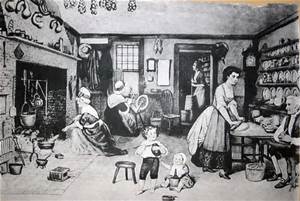An historical society
docent of course doesn’t mind talking about the same stuff with every tour
group, and the groups with kids reliably ask the old familiar questions.
The eager 3rd graders
making the pilgrimage to the historic district along the Charles River in
Natick, MA, prove the point. Sometimes it’s not easy to encourage a sensible
understanding of the context of “350 years ago,” but the kids are all too ready
to engage in such thinking in their own terms.
In a few years maybe
they’ll be ready to expand that thinking just a bit:
Another 3rd grade
tour
Well, yes, Anna, this is
the same river
the Nipmuc
Indians knew in 1651
it was here, they fished in
it
and, yes, they saw ducks
like those
on the other
bank over there,
and, no, it’s not too deep,
but, here’s another way to
look at it:
the river is new today,
it’s filled with new rain,
it carries a different twig
over the dam,
it swirls new bubbles
from the fish
we didn’t quite see,
the river has forgotten the
feel of a canoe,
forgotten how
to turn the mill wheel,
it has learned to ignore
the ever
louder sounds that crowd the air,
and it sniffs in surprise
each time new
toes are dipped in its currents,
and those ducks on the
other bank
are new this
year, too.
Copyright © Richard Carl
Subber 2016 All rights reserved.
Copyright © Richard Carl
Subber 2016 All rights reserved.





















